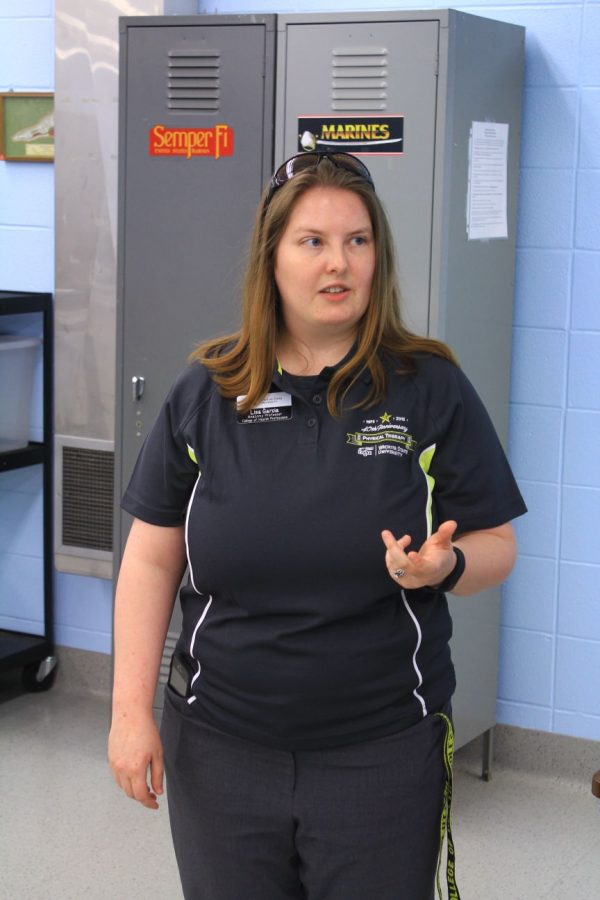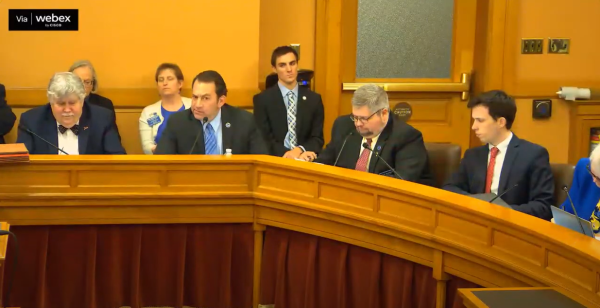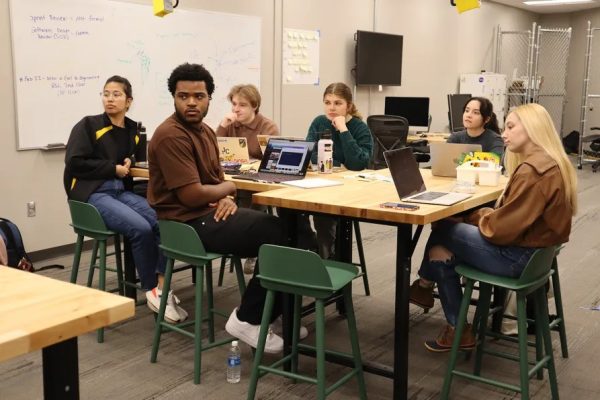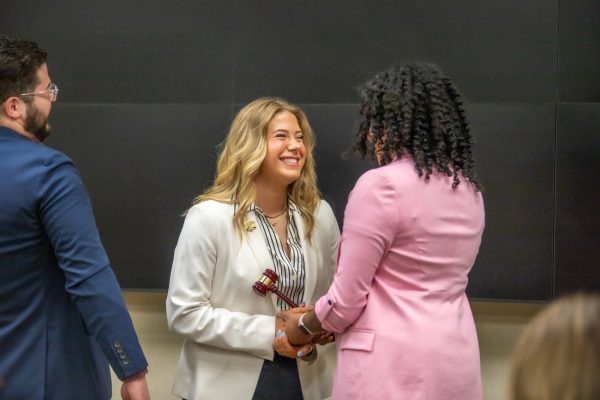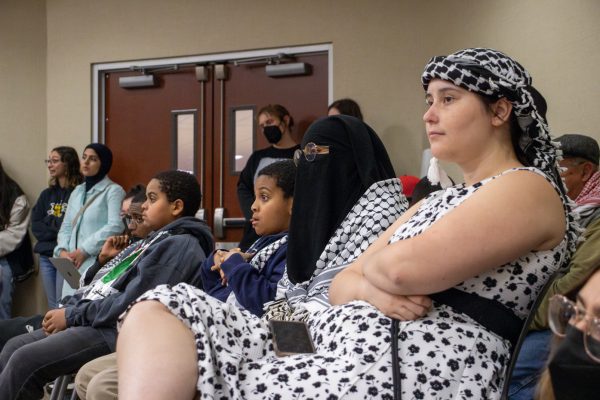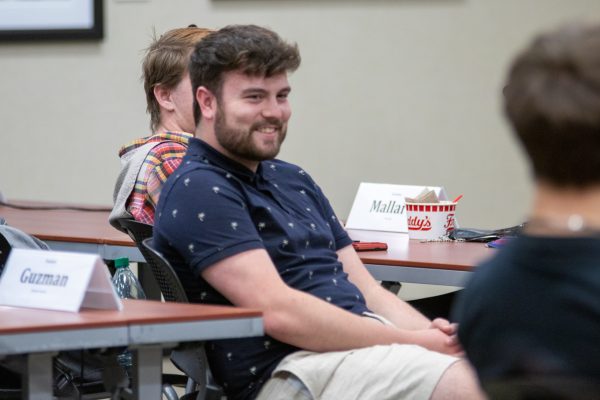Wichita State cadaver lab gets cosmetic, functional renovations, gives students hands-on experience
Ahlberg Hall has one of campus’s best-kept secrets, said Lisa Garcia, clinical anatomist and professor in Wichita State’s physical therapy program.
“We have the cadaver lab that a lot of people across campus don’t even know exists,” Garcia said.
The lab — located on the first floor of Ahlberg Hall — recently underwent cosmetic and functional renovations, including a fresh coat of cheery blue paint, new rubber floors, bookshelves and a projector.
The rubber floors to maintain the room’s temperature and hold some of the lab’s “smell.”
And the painted walls to make it feel less “dungeon-y,” Garcia said.
The physical therapy and physician assistant program at WSU pairs online learning with hands-on experience with its cadavers, or more kindly referred to as “donors,” which come from the Kansas University medical program.
KU has a list of requirements for donors and their families, Garcia said. One of the most important of these is the delivery of the donor’s body within 24 hours of death. Though the other requirements are also important, KU must refuse a donor’s body if there are signs of decomposition before arrival. This is why they recommend delivery within the 24-hour window.
After arrival to the University, the body is embalmed — a process different than funeral home embalmment. From there, the donor is then loaned out to a school for a one-year time period. Garcia said KU usually receives about 270 donors each year.
“There’s such a high demand … and there’s not enough donors,” she said. “Even some medical programs are moving to online technology.”
Garcia stressed that though online learning may be sufficient, blunt memorization will not teach students some valuable lessons of their trades. For example, although the students who often use the cadaver lab have seen many pictures in their textbooks, most are still surprised by the thickness of the skin.
“You learn the body a lot better when you have cadavers to look at,” Garcia said. “Supplementing that with computer stuff, and having the ability to rotate things three-dimensionally helps lock all that in, too.”
At the end of the year, the donors are returned to KU, where the department will host a celebration service in the fall for donors’ families. KU then cremates the bodies and sends the ashes to the family. The school promises the return of the donor to their family within two years.
Though the donors remain anonymous, students often give donors names and even back-stories. Last year, Garcia said, one of the donors was a 101-year-old male, who the students referred to as “Henry.” They reportedly “talked to” him about the war and the many memories he surely had in his long life.
Next year, a 26-year-old donor will stay at Wichita State. Garcia said that most donors are in the age range of 70 to 89.
“I’m trying to think of a way to turn this into a learning experience,” she said. “Not all of your patients are going to be elderly.”




